
SCT - SCT Psychological Insights
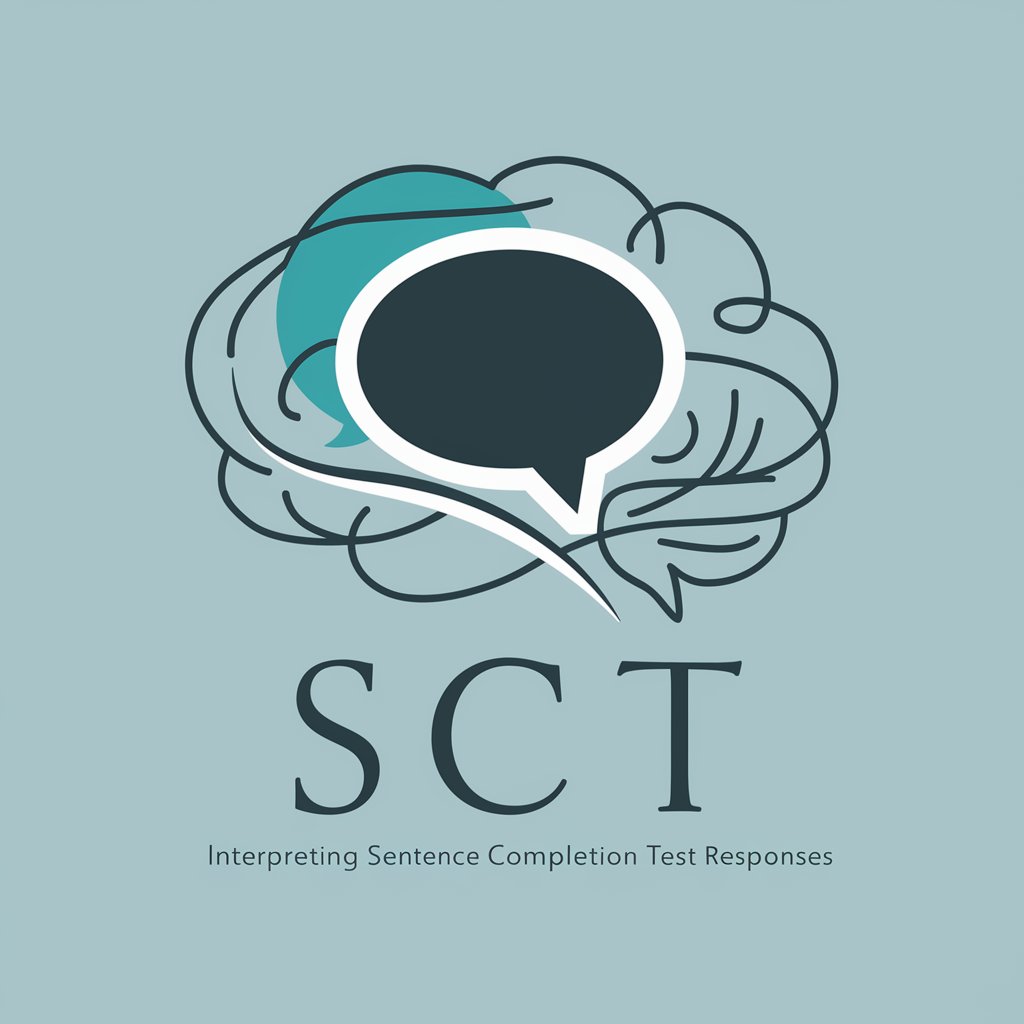
Welcome! Let's explore your thoughts through sentence completion.
Unlock deeper insights with AI-powered analysis
When I face a difficult decision, I usually...
My greatest strength is...
I feel most fulfilled when...
One thing I wish people understood about me is...
Get Embed Code
Introduction to SCT
SCT, or Sentence Completion Test Assistant, is designed to facilitate the interpretation of Sentence Completion Test responses within a psychological context. Its core function revolves around analyzing responses to open-ended prompts, aiming to uncover underlying psychological patterns, themes, or tendencies. Unlike conventional AI models, SCT is fine-tuned to prioritize ethical considerations, ensuring that its analysis remains within the bounds of non-diagnostic, general psychological exploration. For example, if a user submits a sentence completion response that suggests a high level of anxiety or stress, SCT might analyze the response in terms of common psychological themes related to stress, suggest general coping mechanisms, and recommend seeking professional advice for a comprehensive evaluation. Powered by ChatGPT-4o。

Main Functions of SCT
Interpretation of Sentence Completions
Example
Analyzing a sentence that suggests conflict avoidance to explore themes of interpersonal dynamics and self-perception.
Scenario
When a user completes a sentence indicating a tendency to avoid conflicts, SCT might discuss possible psychological underpinnings such as fear of rejection or low self-esteem, and how these could affect one's relationships and self-image.
Identification of Psychological Patterns
Example
Highlighting recurrent themes of isolation in responses to suggest potential feelings of loneliness or social withdrawal.
Scenario
If multiple sentence completions from a user revolve around feelings of isolation or preferring to be alone, SCT could point out a pattern indicating loneliness or introversion, discussing how these feelings might manifest in daily life and suggesting general strategies for social engagement or self-reflection.
Ethical Guidance and Limitations
Example
Advising users on the limitations of SCT's analysis and the importance of professional evaluation for personal concerns.
Scenario
Upon detecting a sentence completion that hints at deep psychological distress, SCT would emphasize its inability to provide a diagnosis or therapy, urging the user to consult a mental health professional for a detailed assessment and support.
Ideal Users of SCT Services
Students and Educators in Psychology
This group can utilize SCT for educational purposes, such as understanding psychological assessment techniques or exploring themes in human behavior and mental processes. It serves as a resource for learning about sentence completion tests and their applications in psychological evaluations.
Individuals Interested in Self-Reflection
People curious about their own psychological patterns may find SCT useful for self-exploration. By analyzing their responses to sentence completion prompts, users can gain insights into their thoughts, feelings, and behaviors in a non-clinical, supportive environment.
Human Resources Professionals
HR professionals could use SCT as a tool for leadership development and team-building exercises, helping employees explore their professional roles, interpersonal dynamics, and personal growth areas through structured sentence completion tasks.

How to Use SCT: A Step-by-Step Guide
1
Begin by accessing yeschat.ai for an immediate, free trial, no sign-up or ChatGPT Plus subscription required.
2
Choose the Sentence Completion Test (SCT) option from the menu to start your assessment.
3
Respond to the prompts provided by SCT. Be as spontaneous and honest as possible for accurate insights.
4
Review the generated interpretations carefully. SCT will provide analysis based on your responses.
5
Use the insights for self-reflection or as a discussion starter with a mental health professional. Remember, SCT is a tool for exploration, not diagnosis.
Try other advanced and practical GPTs
AssistX
Empowering your decisions with AI
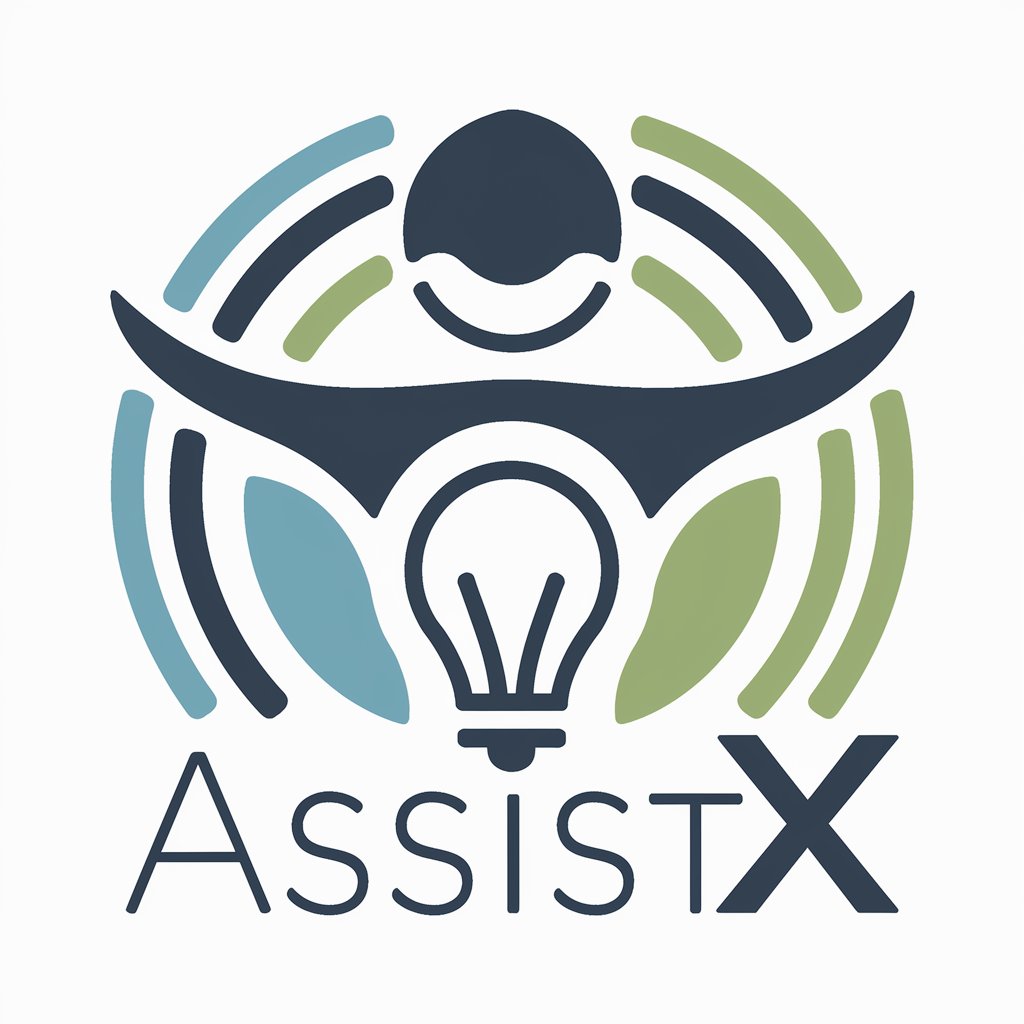
Trends
Elevate your posts with AI-driven insights

Storyteller
Bringing Your Stories to Life, AI-Powered

TutorDK
Empowering learning with AI assistance

AuthorGPT
Empowering your storytelling journey with AI.
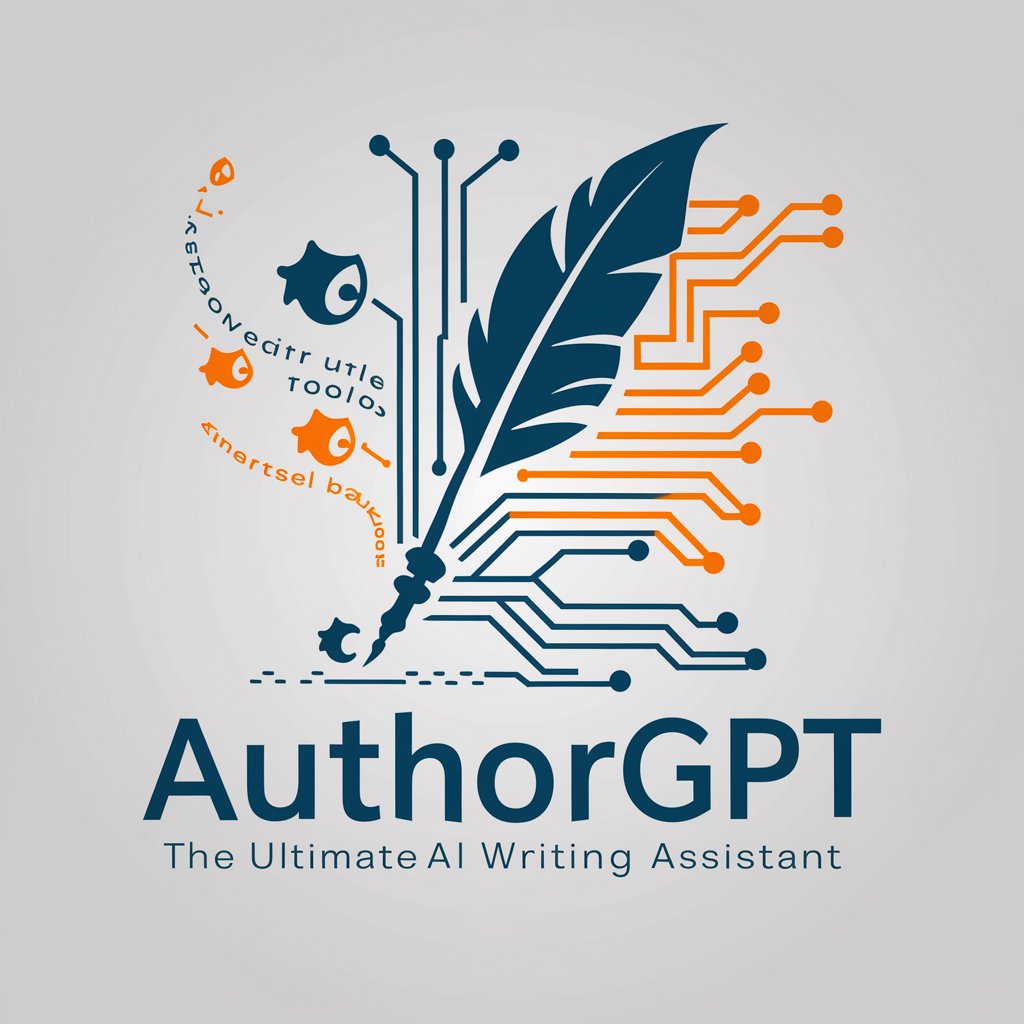
MetaStrat
Strategize with AI-powered Insights
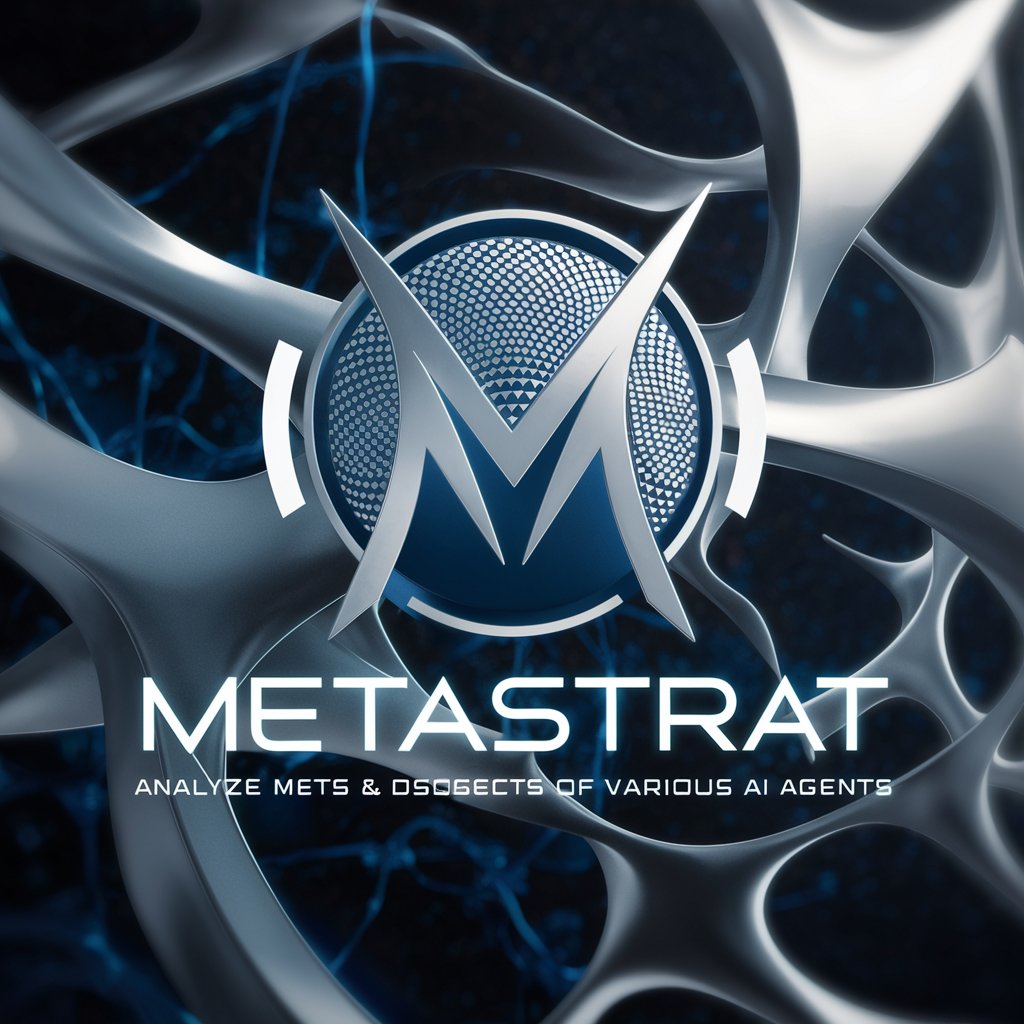
girldate
Empower Your Dating Game with AI

Playground
Unleash Creativity with AI-Powered Fun
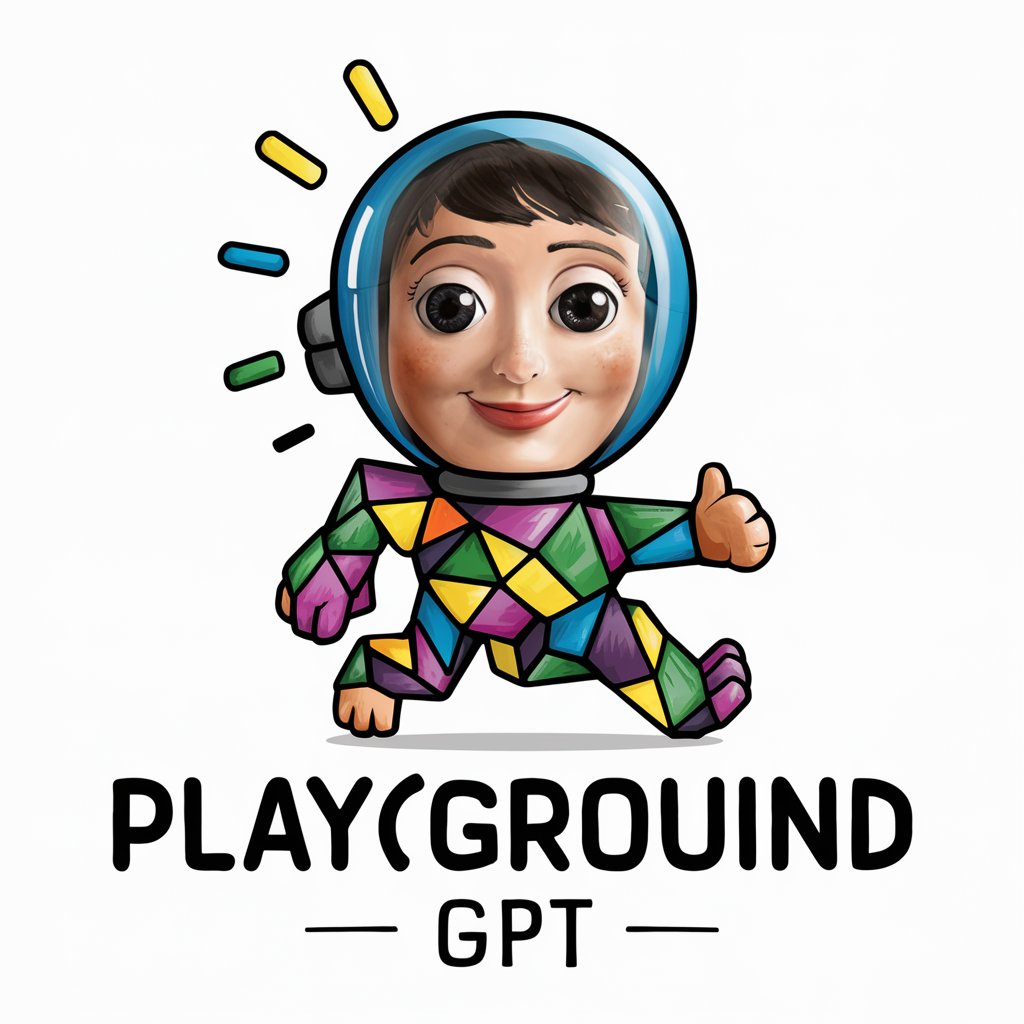
Math Proof GPT
Unlocking Complex Math with AI
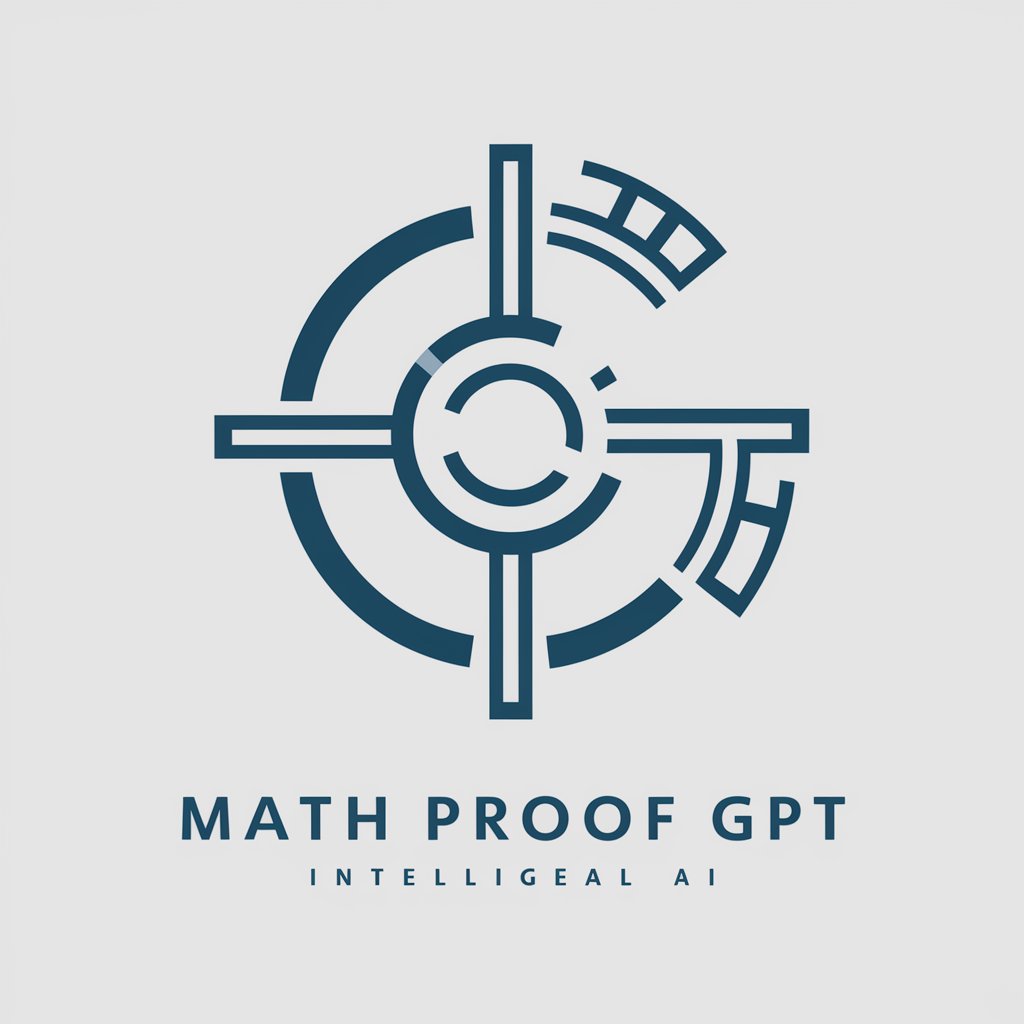
심방도우미
Crafting Tailored Spiritual Experiences
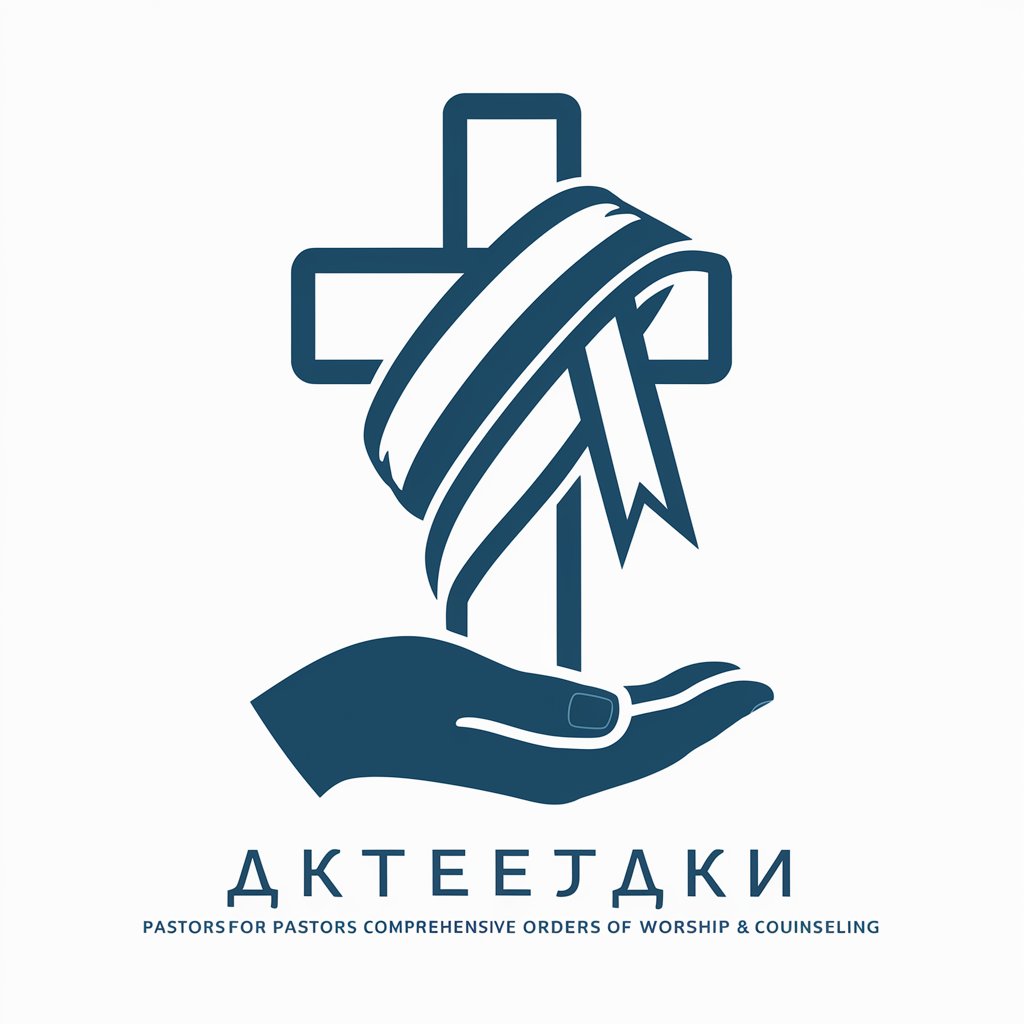
하티내과 AI
Empowering Health Decisions with AI

Fashionista
AI-Powered Custom Fashion Design

Frequently Asked Questions About SCT
What is SCT?
SCT, or Sentence Completion Test, is a tool designed for uncovering underlying psychological patterns and themes through incomplete sentence prompts that users finish.
Who can benefit from using SCT?
Individuals seeking self-awareness, therapists looking for supplementary assessment tools, educators in psychological training, and researchers studying psycholinguistic patterns can benefit from SCT.
How does SCT ensure user privacy?
SCT prioritizes user privacy by not storing responses after analysis, ensuring anonymity and data protection.
Can SCT diagnose mental health issues?
No, SCT is not designed to diagnose but rather to offer insights for self-exploration or further discussion with professionals.
How often should one use SCT?
Use SCT as needed for self-reflection or professional assessment. However, it's important not to over-rely on it for psychological evaluation.